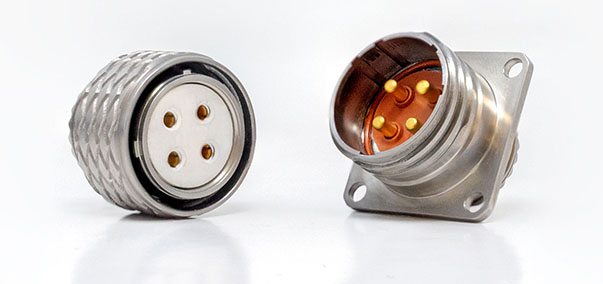Circular connectors are integral components in many electronic systems, and like any component, they can experience issues that affect performance. Understanding common problems and how to troubleshoot them can help ensure reliable operation and prevent costly downtime.
Common Issues and Their Causes
- Poor Signal Quality: One of the most common issues with circular connectors is degraded signal quality. This can be caused by improper alignment during assembly, damaged pins or sockets, or inadequate shielding. Poor signal quality can result in data errors, intermittent connectivity, or complete signal loss.
- Physical Damage: Connectors can suffer from physical damage due to improper handling, environmental factors, or mechanical stress. Bent or broken pins, cracked housings, or worn-out seals can compromise the connector’s performance and lead to connection issues.
- Intermittent Connections: Intermittent connectivity problems can be frustrating and challenging to diagnose. These issues often stem from loose or partially connected connectors, corrosion on the contact surfaces, or damaged internal components.
For assistance with diagnosing and resolving issues related to circular connectors, consulting circular connectors manufacturers can provide valuable resources and solutions.
Troubleshooting Steps
- Inspect the Connector: Begin by visually inspecting the connector for any signs of physical damage or wear. Look for bent pins, cracked housings, or any other visible issues that could affect performance.
- Check Connections: Ensure that the connector is properly aligned and fully seated. Loose or improperly connected connectors can lead to poor signal quality or intermittent connections. Re-seat the connector and verify that it is securely locked into place.
- Clean the Contacts: Corrosion or debris on the contact surfaces can affect connectivity. Gently clean the connectors with appropriate cleaning agents recommended by the manufacturer. Avoid using abrasive materials that could damage the contacts.
- Test with Known Good Components: To isolate the issue, test the connector with known good components or connectors. This can help determine if the problem lies with the connector itself or with other parts of the system.
- Replace Damaged Parts: If you identify damaged components, such as broken pins or cracked housings, replace them with new parts. Ensure that the replacement components are compatible with your existing system.
Conclusion
Troubleshooting issues with circular connectors involves a systematic approach to identify and address common problems such as poor signal quality, physical damage, and intermittent connections. By following these steps and consulting with experts when needed, you can maintain the reliability and performance of your electronic systems.










